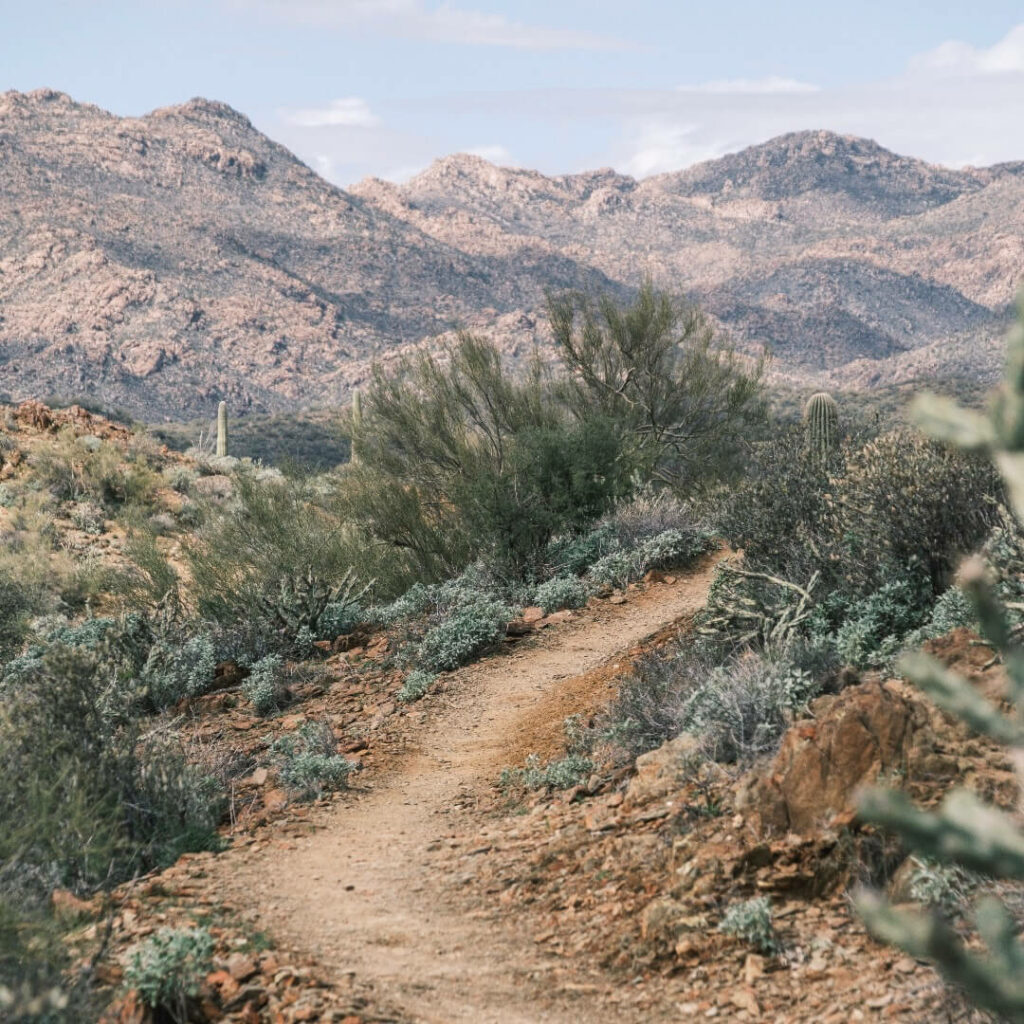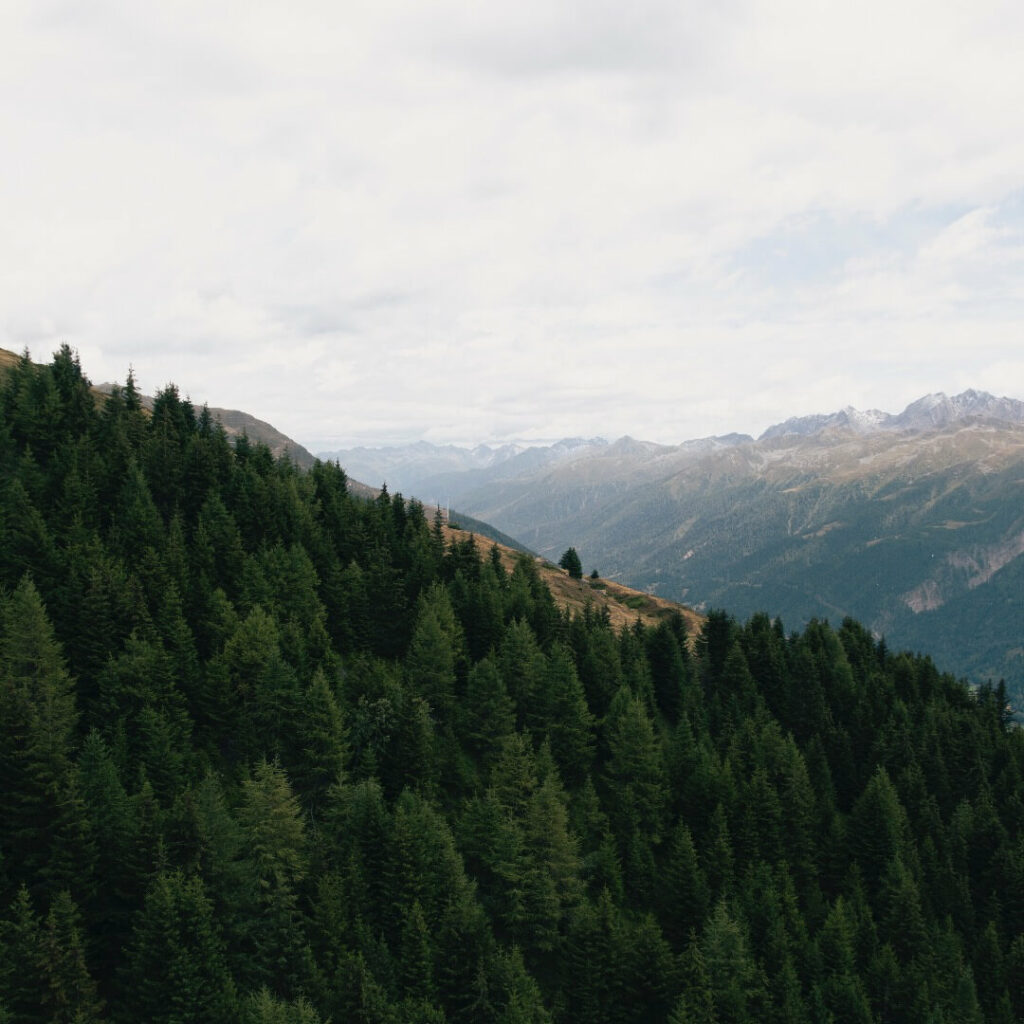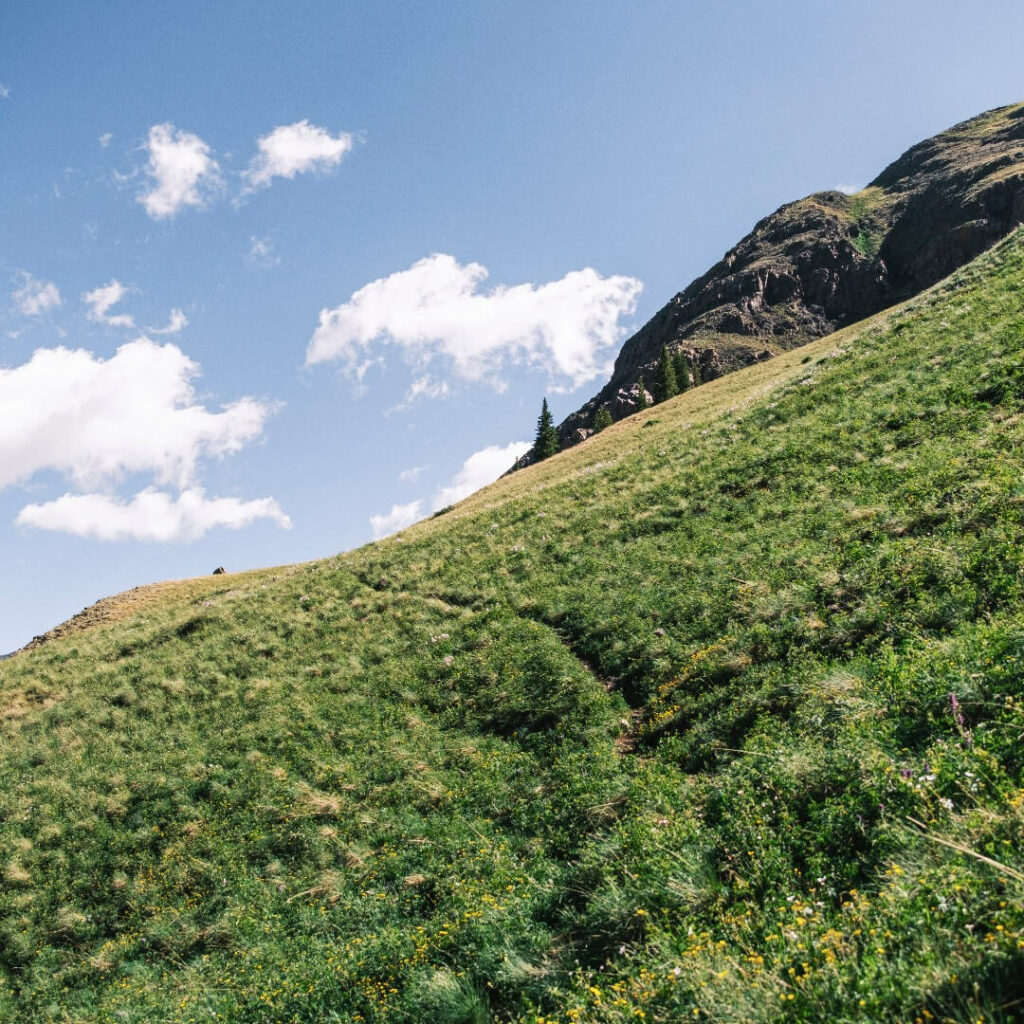How Trail Running Made Me A Better Environmentalist
On a dark desert night in the foothills outside Zion National Park, I was lumbering along a small single-track trail, weaving my way toward the next mile marker in the race. It was completely dark, with only the shine of the stars and the occasional headlamp of another runner bobbing up and down in the distance.
I’ve often found myself in these situations over the years, alone in the wilderness, confined to only the steady hum of the ground beneath my feet and the lonesome thoughts echoing through my mind. Until this race, most of these situations occurred during prolonged hiking excursions, traversing high mountain peaks, or biking through long winding valleys.
Throughout my life, I’ve been fascinated with our planet’s wild places. Growing up, I found comfort in these spaces, and they provided sanctuary when I was having difficulties navigating the complexities of life. I’ve often taken refuge in the natural world, spending as much of my time as possible outdoors, camping in the woods, hiking through the mountains, or swimming in the coastal waters of southern California.
As I got older, this love for nature and the outdoors transformed into something of a calling. I felt attracted to protecting the natural world in a way I couldn’t fully comprehend. I had this driving need to give back to the places that had given me so much throughout my life. Therefore, after a few anxiety-ridden years working towards a business degree, I changed paths to pursue a career in wildlife conservation.
Around this time, my sister, an avid marathon runner, introduced me to trail running. I was initially skeptical because I had never been much of a runner. Throughout my life, I struggled with my weight and tended to focus on more traditional sports such as baseball or hockey. When I first started getting into trail running, I didn’t understand why people enjoyed it so much. It felt like a slow and painful way to spend a few hours of your life. Still, something about how people spoke about trail running drew me in and kept me going. They recollected races like they were transcendent experiences that promised feelings of freedom, meditation, and elation. As a naturally curious individual, I wanted to feel what they were feeling. I wanted to have these experiences. So, I kept going.
For a few years, it was a love-and-loss relationship. I would run for weeks and then completely stop for months. There was something in the way of my progress. As a goal-oriented person, a friend suggested I sign up for a race to have something to train towards. I did just that and signed up for a trail race with some friends and family members just outside Zion National Park.
Fast forward a few months, and here I was, running through the sagebrush in the middle of the night along a single-track trail above the north rim of Zion National Park. I felt utterly alone, unaware of the other runners traversing this same trail only a few hundred yards behind. Over that night, something awoke inside me and transformed my feelings toward the sport. It was my own transcendent experience, a moment in time where my body and mind felt free, and more importantly, I felt more connected to the land than at any other point in my entire life.
Ever since that night, I’ve chased this connection to the land through trail running. I’ve sought out this overwhelming feeling as a reminder of my love for the natural world. Whether running over rolling hills or through mountain valleys, it strengthens my relationship with the planet and gives me a greater reason to protect it.
I believe that’s the reason many of us love the sport of trail running. It reminds us of who we are at the very core of being human – we are parts of a larger system, pieces of the whole, living creatures in the vastness of this wild and magnificent natural world.

A Sport That Is Inherently Environmental
In the years since my race, trail running has grown immensely, increasing 231 percent in the past 10 years, according to RunRepeat. In addition, it’s one of the fastest-growing markets in the outdoor industry, highlighted by a recent report that showed the trail running shoes market is estimated to grow by $2,811.36 million from 2022 to 2027.
In a time when we are so inundated with technology and plugged into our devices, this may not come as a surprise. The sport is inherently based on getting out into the wilderness, often leading us to remote locations, away from the everyday barrage of viral TikToks or endless Zoom meetings.
These desires to escape our technological reality are compounded by a growing awareness of environmental issues, including climate change, which has caused many individuals to seek a stronger relationship with nature. In the last few years, we’ve started to reckon with these impacts on the environment and their consequences on our natural systems. Several organizations have led a push to get people to form a relationship with nature, hoping to inspire deeper connections with the natural world and encourage more individuals to support local efforts to protect their environment.
In the trail running community, we’ve seen a similar movement. Many runners have started to use the growing prominence of the sport to promote environmental activism. Organizations like Runners for Public Lands or Footprints have worked to establish concrete ways for individuals to get involved with environmental issues. Races like Running Up For Air raise funds for organizations combating pollution and environmental injustice. We’ve even seen prominent runners use their platform to promote change, such as the growing roster of trail athletes working with Protect Our Winters, the athlete-led climate activist organization.
The growth in activism in trail running is incredibly encouraging. Although trail runners are great stewards of nature, getting this community to participate in advocacy has historically been difficult. As more individuals and organizations act on these shared feelings of environmental responsibility and connection to the landscape, the more our community becomes a leading advocate for the environment.
These shared feelings are the reason myself and many others run in the first place. They are the reason trail running is an ideal form of activism and can be a unifying force for all members of our community, bringing us together as a single voice that stands for the protection of the natural world.

A Shared Experience Among Fellow Runners
Jessica McParland grew up in Red Wing, Minnesota, a small town an hour southeast of the Twin Cities. Jess, as she’s affectionately known by friends and family, was introduced to the outdoors at a young age. She spent much time in her youth camping, hiking, and swimming in the lakes and rivers around eastern Minnesota.
When Jess moved to California for college, she swam on the college dive team, spending most of her time competing in swim meets while attaining a degree in chemistry. It wasn’t until her senior year that she became interested in running, choosing to train for a marathon with a few friends. At the time, the marathon may have seemed like an item to check off her bucket list, but instead, it became the gateway to a new passion.
After college, Jess moved back to Minnesota to be closer to family, settling down in Minneapolis for a few years. She was living in the city, working for a local chemistry company, and spending most of her time inside. She was aching to find new ways to connect with the outdoors and explore the local landscape. Luckily, a few of her friends started trail running on weeknights in and around the Twin Cities. After spending hours of the day indoors, trail running became her escape. It allowed her to build a relationship with nature and became a practice she started to look forward to every week.
I’ve been running with Jess off and on for the past five years, often spending weeknights with her and her husband, attending meetups with the local running group. We’ve often spoken about environmental issues and how we connect with the landscape through our various outdoor activities.
When I asked Jess what some of her favorite memories of trail running were, it reminded her of her first ultra-marathon, the Wild Duluth 50-kilometer.
“WildDuluth is probably one of my top memories ever, just because of the sense of accomplishment,” says McParland. “We got to cover so much ground in one day. I had been on little parts of that trail before, but I had never covered that much distance in one day. So, it was eye-opening.”
As she explains, Jess felt a sense of freedom during the Wild Duluth race. Similar to my experience during the race above Zion, this first ultra-marathon awakened a connection to the landscape by giving her freedom in nature, allowing her to become more aware of the environment and cultivate a greater love for our natural spaces.
“I definitely feel like you’re more aware (when trail running) of what’s going on in the environment,” says McParland. “I feel like once I’m out in the woods for a long time, I’m thinking, oh, it really is a much hotter year this year. You’re paying more attention to things that are different from run to run.”
As she explained, trail running is an opportunity to see environmental issues firsthand. It’s a constant reminder that these issues – climate change, habitat loss, and fire – will all have a significant effect on our lives.
Sometimes, when we are stuck inside, working from our computers, we tend to compartmentalize these issues. As trail runners, we don’t have that option. Our local trail may lead past a few burn scars from a recent fire, or we have to find a new place to run because record-heat levels are making our regular route too unbearable. Whatever it is, trail running is a chance to witness the issues in our environment up close and personal.
“It will personally affect you. It’s not just affecting your kids. It’s not just the next generation,” says McParland. “It will literally affect your ability to run if we don’t take action.”
Like Jess, I am reminded of my responsibility toward the natural world whenever I lace up my shoes and head out for a long run. I think back on that first race in the sagebrush above Zion, letting myself feel the same feelings and emotions that drove me to this sport in the first place. Nowadays, it’s about more than trail running; it’s a form of activism. For myself and other runners like Jess, going outside and spending time on the trail isn’t just exercise or running; it’s a chance to grow closer to nature and remind ourselves that this planet is more than worth fighting for.

